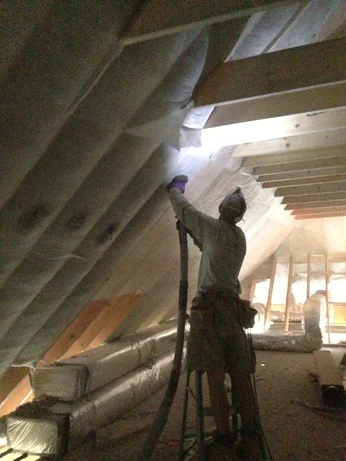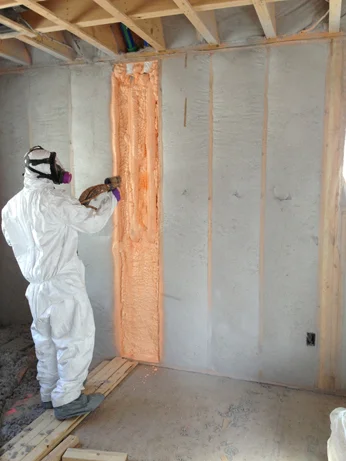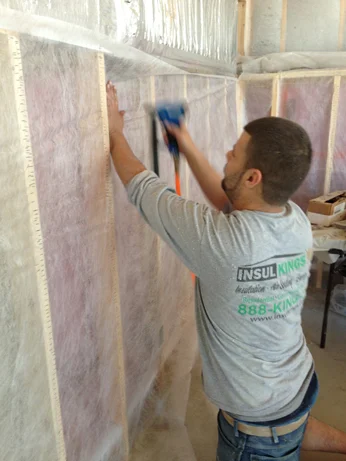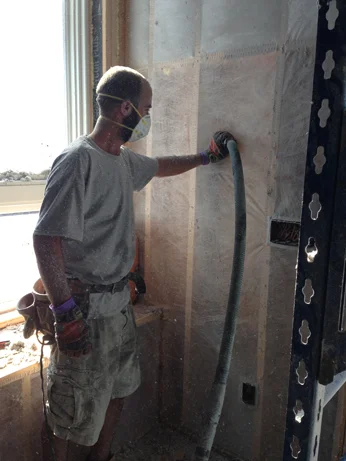New Construction




Building a new home may be one of the largest investments you make in your lifetime—it’s not the time to cut corners where energy efficiency is concerned. The windows, doors, walls, ceilings and skylights define your home’s “shell.” If the shell is built properly using quality materials, you will reduce the transfer of heat, cold, and moisture and reduce your energy usage.
State and local building codes typically include minimum insulation requirements, but your energy-efficient home will likely exceed those mandates. To optimize energy efficiency, you should also consider the interaction between the insulation and other building components. This strategy is known as the whole-house systems design approach. If you would like to maximize the energy efficiency of your new home, consider ultra-efficient home design. Designing and building a new house or renovating an existing house to be highly energy-efficient requires careful planning and attention to detail. A whole-house systems approach helps homeowners, architects, and builders develop successful strategies for optimizing home energy efficiency. This approach considers the house as an energy system with interdependent parts, each of which affects the performance of the entire system. To ensure that your new or renovated home takes full advantage of a whole-house systems approach, hire an experienced design and building team and insist that they use a whole-building systems approach from the beginning of the design process.
Some benefits of using a whole-house systems approach include:
- Reduced utility and maintenance costs
- Increased comfort
- Reduced noise
- A healthier and safer indoor environment
- Improved building durability.
You can use the whole-house systems approach with any home design. Once you’ve reduced your energy loads requirements as much as possible, consider adding renewable energy systems that generate electricity and heat water.
